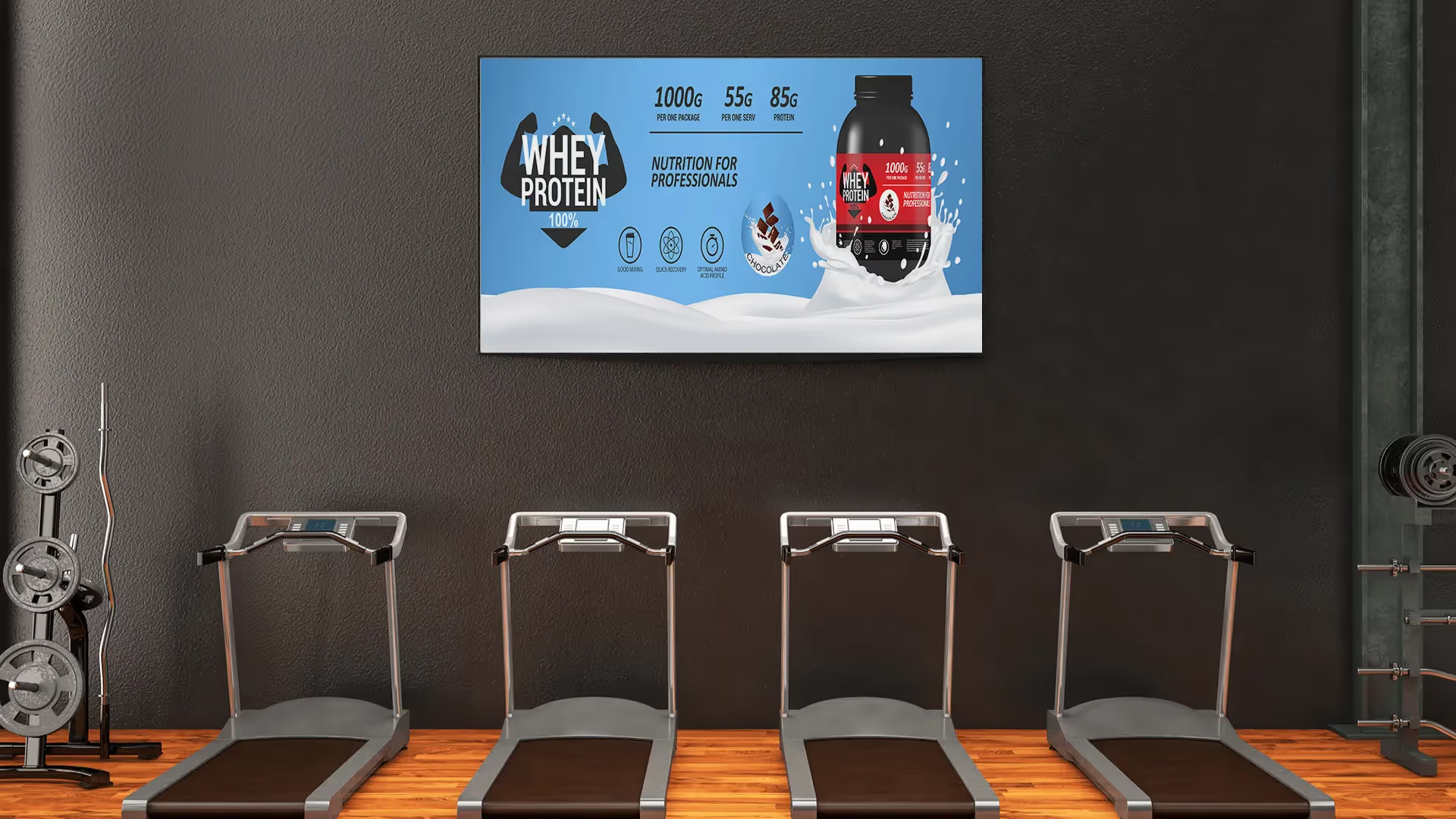What to remember
The screens are widely used communication media. Their size, brightness, or dynamic content they display are irresistibly eye-catching. But their advantage is above all constitute excellent contextual media that allow a brand to fully adapt its communication to its audience.
Contextual marketing applied to digital communication on screens thus becomes a priority lever to increase its rate of memory of messages or its average basket. However, provided that you opt for relevant broadcast scenarios that create value for the audience, and that are based on the right data.
❓ What is context media?
Context media does not use the audience's personal data, but only knowledge of the environment in which messages are broadcast. It is based on the adequacy between the message and its context of dissemination.
“Communicate the right message in the right place at the right time.”
Here is the formula that summarizes contextual marketing. It is obvious that, for example, you will be more receptive to an advertisement for ice cream if you are on a beach in the middle of summer, or that a preventive message about road dangers will have more impact if I am in the process of joining my vehicle when leaving the office...
🧠 Contextual marketing, a strategy that promotes memory and engagement
Delivering a relevant message promotes its memorization and also the commitment of the target to the brand. The message will also be perceived as less “intrusive”, it may even be understood positively. The objective is to align the advertising message and its context.
A profitable strategy since 56% of consumers have a more favorable opinion of brands that advertise in relevant content*. We will then understand the success of the media.”Push” who use contextual targeting to automatically “push” content to a target, taking into account their browsing habits or searches...
*According to the news IAS study “The power of context”
🎯 Screens: more than”digital flyers”, contextual media
The screens have fully integrated contextual marketing. They attract attention, which is why it is interesting to make them visible to a large number of people who can engage in their activity, while assimilating messages adapted to their environment.
Screens have literally revolutionized communication Offline, and if they are flourishing everywhere from Times Square to shopping centers to corporate offices, it is because of their ability to become contextual media. Businesses and advertisers thus have the opportunity to imagine a multitude of communication scenarios.
.avif)
💬 How to contextualize the distribution of your messages?
To contextualize these communication scenarios, we can rely essentially on three levers. The relevance of the campaigns will then depend on the parameters chosen and the way in which the right data is used.
- Add custom delivery settings
Digital signage campaigns can be set up based on Some schedules. A restaurant brand can thus choose to highlight a special “breakfast” offer in the morning, between 7 am and 10 am.
La frequency The distribution of a message can also be modulated according to its importance. For example, an alert concerning the respect of barrier gestures during a pandemic will deserve to be broadcast more often.
Some CMS even make it possible to increase the frequency of distribution of a message over time. Is the date of a trade show or event approaching? It will be all the more relevant to remind your audience more often that the date is fast approaching, which increases the impact of your message.
- Trigger certain content automatically
It's obvious: the weather influences our emotions, and therefore also our purchasing behavior. 70% of economic activity would be “weather sensitive”*. Hence the interest in programming weather-reactive digital signage campaigns. A travel agency therefore has every interest in promoting a sunny destination in the middle of winter, for example.
The automation of the distribution of content on screens can also be done according to other contextual targeting. : motion detection, or even facial detection, which will take into account socio-demographic data related to exposed persons. This same travel agency will thus be able to offer a cruise stay to seniors while it will direct thirty-somethings to another type of trip that is more suitable.
It is also possible to create interactive campaigns. Interactive digital signage thus becomes a way of interacting with its audience in the service of a continuous improvement of the customer experience. An excellent way to gamify your point of sale or internal communication to boost audience engagement.
*According to the U.S. Department of Commerce. According to Climpact-Metnext, 40% of consumer product sales are affected by the weather.
- Responsive digital signage
Digital signage finally allows you to broadcast content in real time. Exposing a company's inventory data will thus provide a valuable source of information for internal teams. For example, they can create a sense of urgency that will cause the customer to buy when stocks are almost sold out.
Communication managers have the opportunity to exploit the content published by their company on social networks, with dynamic signage constituting a new lever for disseminating them. A way to make this content more profitable and to enhance the e-reputation of its brand.
Finally, marketing and customer relationship managers can feed their campaigns with local or news information via public RSS feeds which can be directly interfaced to the screens.
Thanks to its dynamic signage solution, Cenareo allows the distribution of contextualized content that creates value for your targets. For the benefit of more impacting campaigns that offer a maximum return on investment.













